A trio of nanosatellites built and developed by the Technion – Israel Institute of Technology in close collaboration with the Israel Aerospace Industries (IAI) are set to launch into space on Monday as part of the Adelis-SAMSON mission to perform high-accuracy geolocation of target signals on Earth for improved emergency response.
The three satellites are equipped with advanced tech including sensors, control systems, navigation devices, as well as specialized AI/ML processors by Israeli space computing company Ramon.Space, and an innovative propulsion system developed by defense tech company Rafael and based on krypton gas – the first of its kind in the world to operate on a tiny satellite, the Technion indicated in a statement.
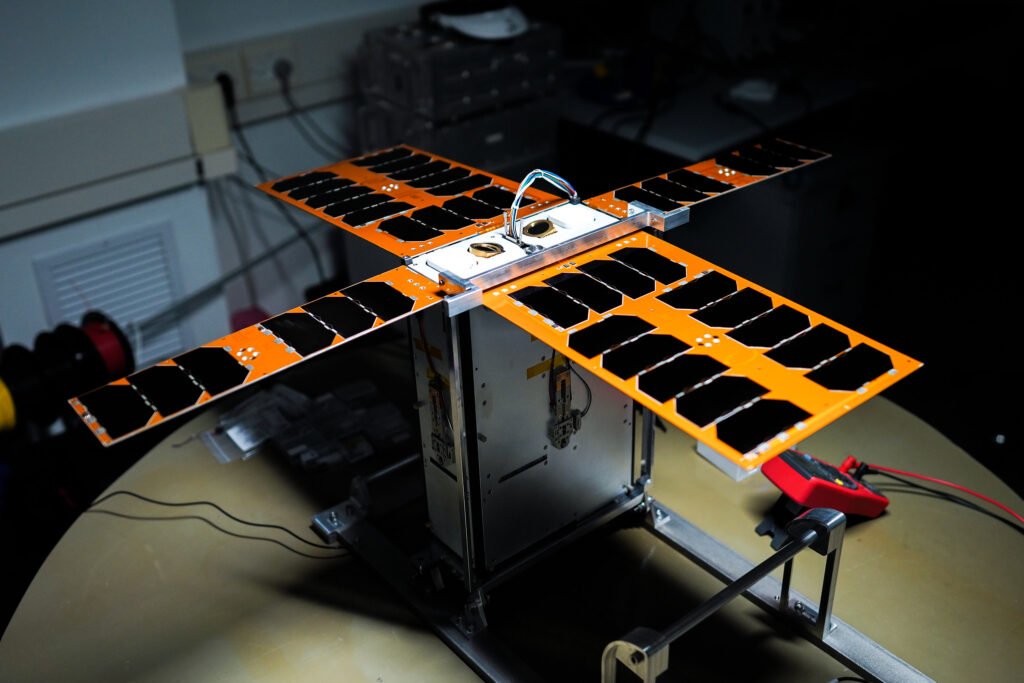
The initial launch was set for Friday but was postponed to Monday for technical reasons.
SEE ALSO: Tel Aviv University’s Research Satellite Soars Into Space
The satellites are of the CubeSat variety, a type of miniaturized satellite for space research, about that is made up of multiples of 10 cm × 10 cm × 10 cm cubic units with a mass of some 1.33 kg per unit. About the size of a shoebox. Each nanosatellite in the mission weighs about 8 kg (17 ½ lb) in total, the university said.
They are set to move in an autonomous formation without human intervention and will accumulate energy through solar panels deployed next to each satellite that will serve as wings to control, if necessary, the formation without the use of fuel, using air drag in the atmosphere. Each of the nanosatellites is also fitted with a digital receiver, one of the most complex ever to fly on a nanosatellite.
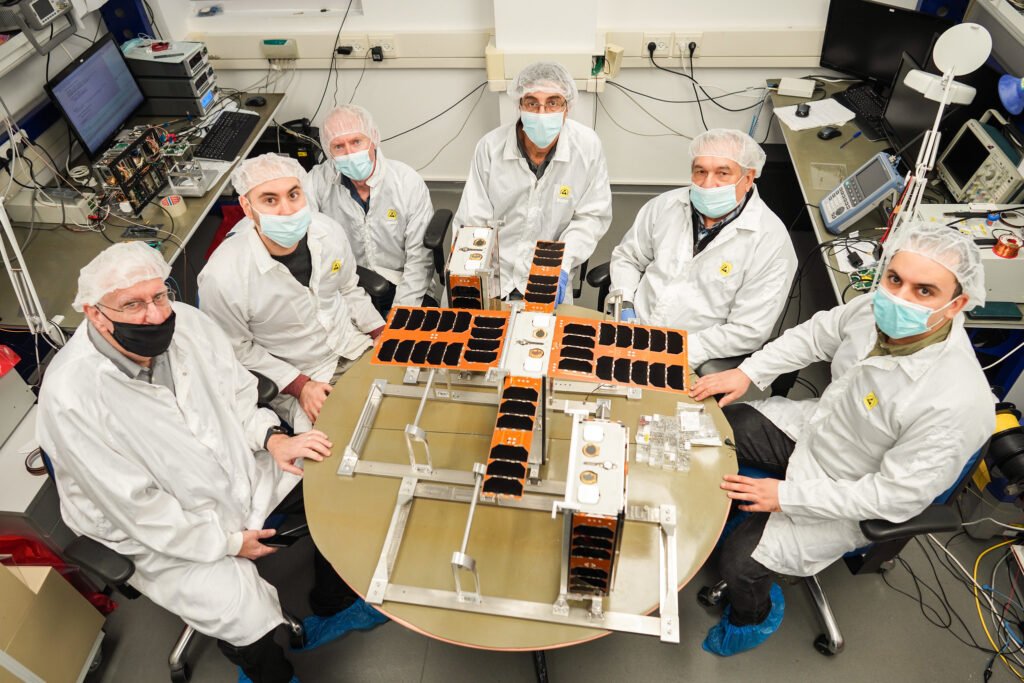
The satellites are tasked with receiving signals from Earth to calculate the location of people, planes, and ships and detect their precise geolocation for search and rescue, remote sensing, and environmental monitoring missions.
After piggybacking on a Glavkosmos Soyuz rocket from a site in Kazakhstan on Monday, the satellites will travel at an altitude of 550 km (341 mi) above ground and will detect signals using a mission receiver developed by IAI. The CubeSats will then transmit these signals to a mission control center located at Technion’s Asher Space Research Institute (ASRI) whose Distributed Space Systems Lab developed the software and algorithms that power the flight.
“Basic research over the course of many years, combined with advanced Israeli technology, allows Israel to take an important step forward in the field of nanosatellites,” explained Professor Pini Gurfil of the Asher Space Research Institute and the Faculty of Aerospace Engineering, who led the research team.

“You could compare the innovation of nanosatellites to switching from the personal computer to the cellphone,” he went on. “The Adelis-Samson project demonstrates a new concept in nanosatellite design and will enable many operations to be carried out that have been reserved until now for large and expensive satellites.
“This is a leap in the field of miniature satellites, in the capabilities of the Technion, and for the entire State of Israel, and one which will make the Technion a global pioneer in the fields of geolocation and satellite communication, with diverse applications including search and rescue, remote sensing, and environmental monitoring,” he explained.
Sign up for our free weekly newsletter
SubscribeIAI President and CEO Boaz Levy said: “We see great importance in our collaboration with the Technion to promote academic research and future technologies in the field of space.”
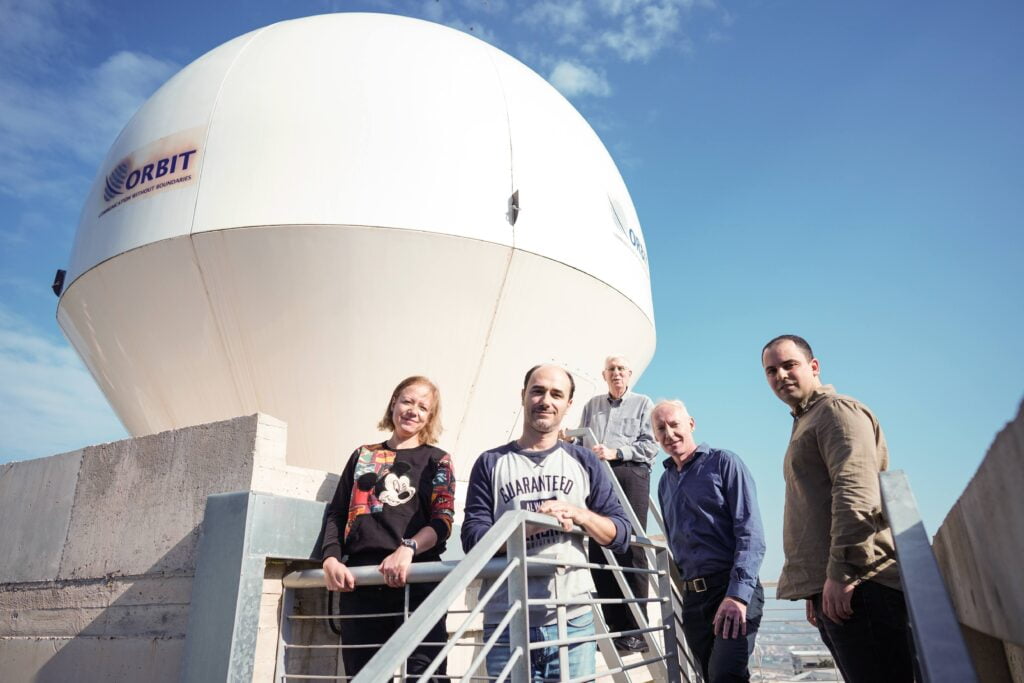
“IAI, Israel’s ‘National Space House’, sees high value in its connection to academia on the business and the technological levels to advance Israel’s continued innovation and leadership in the field of space. This partnership promotes the development of the entire ecosystem and IAI is proud to join forces in this innovative and groundbreaking project,” he added.
The launch of the Technion nanosats comes on the heels of Tel Aviv University’s launch of a nanosatellite from a NASA facility in Virginia last month. TAU-SAT1 will conduct several experiments while in orbit, including the measurement of cosmic radiation around the Earth.
The field of nanosatellites has been “booming recently and the number of launches is increasing every year,” said Avi Blasberger, director of the Israeli Space Agency at the Ministry of Science and Technology. “The cost of developing and launching such satellites, capable of performing a variety of uses, is significantly lower than those of regular satellites.”
In the near future networks are expected to appear to include thousands of nanosatellites that will cover the Earth and enable high-speed internet communication at a significantly lower cost than is currently available, as well as having many other applications such as the one demonstrated in the Adelis-SAMSON satellites,” Blasberger explained.
“For many years there has been a widespread belief that space technologies – and space itself – are the domain of leading economic powers, and are out of reach of ordinary countries,” said Rebecca Boukhris, Trustee of the Adelis Foundation, a philanthropic institution that has backed a number of Israeli universities’ projects.
“Today there is no dispute that Israel now belongs to the exclusive club of space powers, thanks to the rapid development of the space industry in Israel. Adelis-SAMSON is a unique project that embodies the Israeli spirit, power and intellectual resources. Israel shows its strength in technology and science and puts itself firmly on the world map of aerospace, all on a modest budget and in an academic environment,” she added.
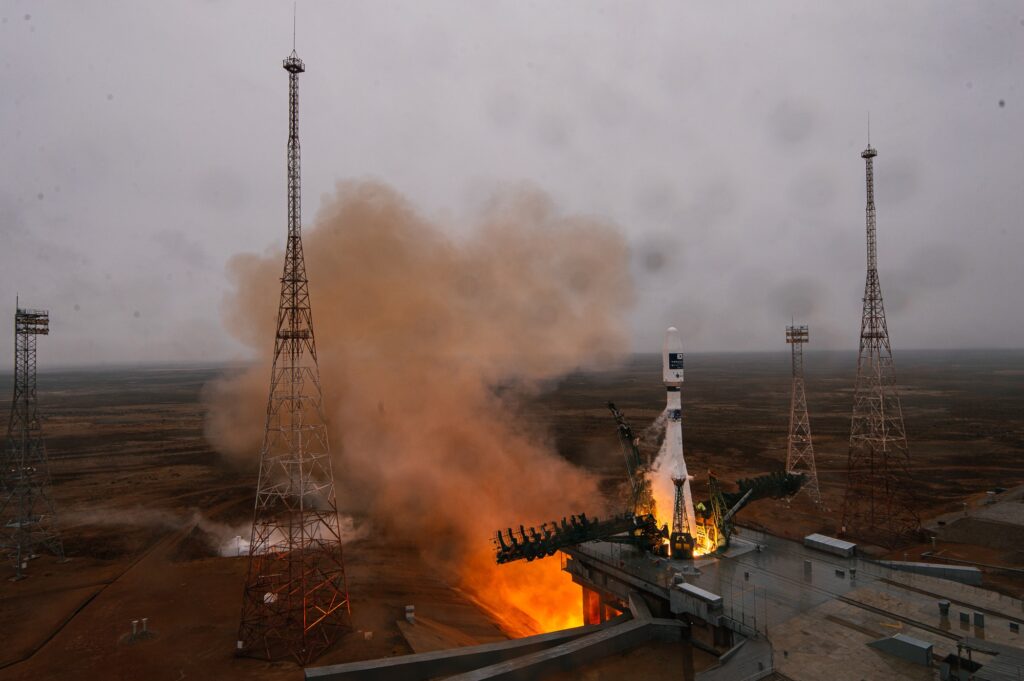
The Adelis-SAMSON (Space Autonomous Mission for Swarming and Geolocating Nanosatellites) project is supported by the Adelis Foundation, the Goldstein Foundation, and Israel’s Space Agency.
The launch of the nanosats aboard the Glavkosmos Soyuz can be viewed here:
Related posts

Editors’ & Readers’ Choice: 10 Favorite NoCamels Articles

Forward Facing: What Does The Future Hold For Israeli High-Tech?

Impact Innovation: Israeli Startups That Could Shape Our Future


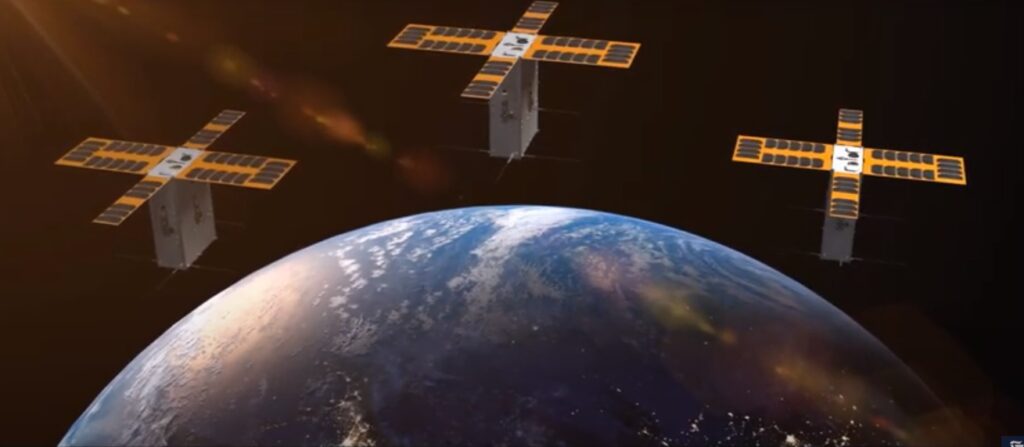

Facebook comments